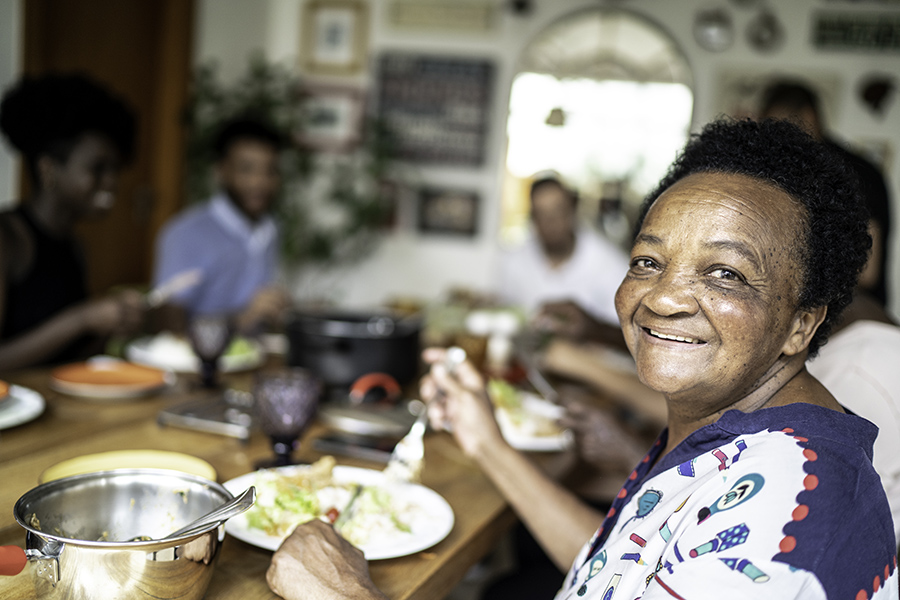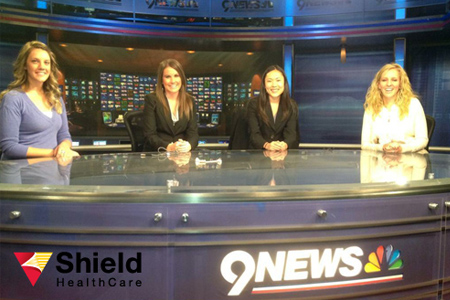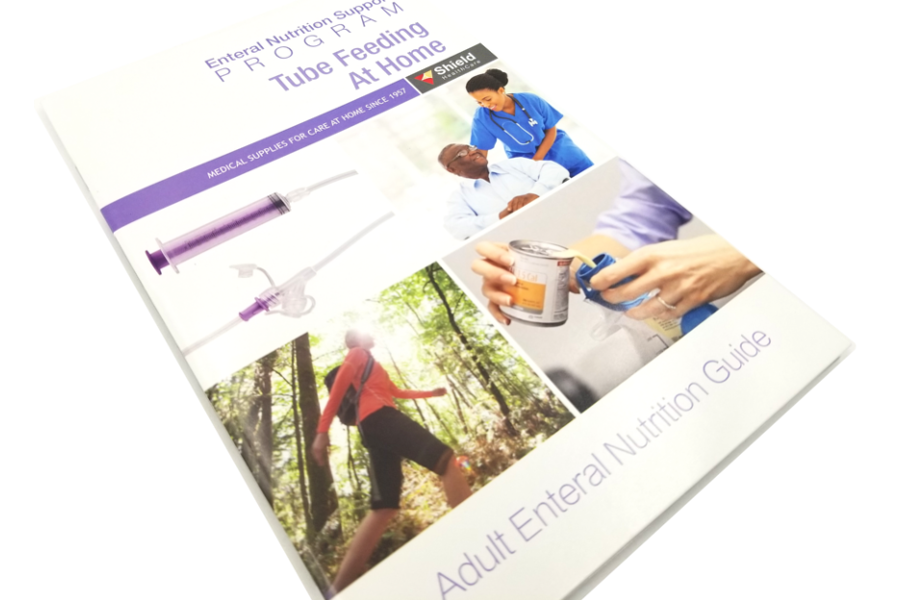Regular flushing of your feeding tube with water will help prevent clogging. Flush your tube before and after each use to keep it clear of formula and medications. Putting water down your tube also helps you meet your hydration needs. Inadequate fluid intake may lead to constipation or dehydration. So – water in my feeding tube? Yes please! The type of water you use depends on your level of health and your personal preferences.
Tap water, or the water from your sink, meets the Environmental Protection Agency regulations for drinking water and is consistent with the World Health Organization’s guidelines for water safety. This type of water is safe to use for most tube-fed patients.
Use this type of water when:
- You have a gastrostomy tube and are otherwise healthy
Purified water has been treated to meet the standards of the U.S. Pharmacopeia for purified water. It is essentially free of chemicals and may be free of bacteria if it undergoes a disinfection process, such as distillation, reverse osmosis, ozone or ultraviolet light. Not all bottled water is purified or sterile. Read the label on bottled water to see if it has been treated with one of these methods.
Use this type of water when:
- You are mixing powdered formula
- You are diluting medications
- Your immune system is weakened due to acute or chronic illness
- You have a jejunostomy tube
If you are unsure, ask your healthcare provider which type of water you should use and how much you need each day. Always use safe handling practices when preparing your tube feeding.
This article is is tended for educational use only and does not replace the advice of a medical professional. If you have any questions or concerns regarding your feeding regimen, contact your healthcare provider.
For more information, see related articles and feeding tube resources here:
- How to Clean ENFit Extension Sets
- Recorded Webinar: The Complete Nurse’s Guide to Tube Feeding
- How to Use Your Child’s J-tube (Jejunostomy Tube)
- Tube Feeding A Child: The G-Tube That Saved My Son’s Life & My Sanity
- Tube Feeding at School: 8 Tips to Prepare Your Child and School Staff
Shield HealthCare | Medical Supplies For Care At Home Since 1957

























Just wondering if you can use distilled water when flushing a feeding tube.
My stepfather used demonized water in my nephew ‘s pej to inflate the balloon instead of sterile water is this ok? Please
My son has a J tube and we put water in the bag with his feeds. Our city water just changed as it is hard so I can’t boil and use it any more as there is always a film on to. Should I be using bottled water or distilled water to be sure it is safe for him? Thanks
When attempting to dissolve certain medications it helps if the water is hot, what’s to hot a nd can if burn the organs of the digestive track at all? What’s to hot?
I’ve been using tap water to clean my feeding tubes. Works just fine. It’s cheaper too.
I thought people should avoid using distilled water for flushing since the distillation process removes minerals from water, making it hypotonic, or at least with a lower osmolarity (osmolality??) than tap or purified/spring/bottled water
How much water can I put in my gtube for hydration need
Hi,my 29year old brother just recently had a G-tube inserted and his feeding instructions say to flush his tube with 60ml water (30×2)
with every feed and he has 4 feeds per day. With that he’s experiencing constant constipation which is said to be one of the side effects of the G-tube but I’ve recently noticed that he has a dry mouth and is restless and I fear he might be dehydrated. Is it safe to give him more water to hydrate him and help alleviate the constipation?
An u put water directly into a g tube “feeding bag” for 4 a straight hour drip